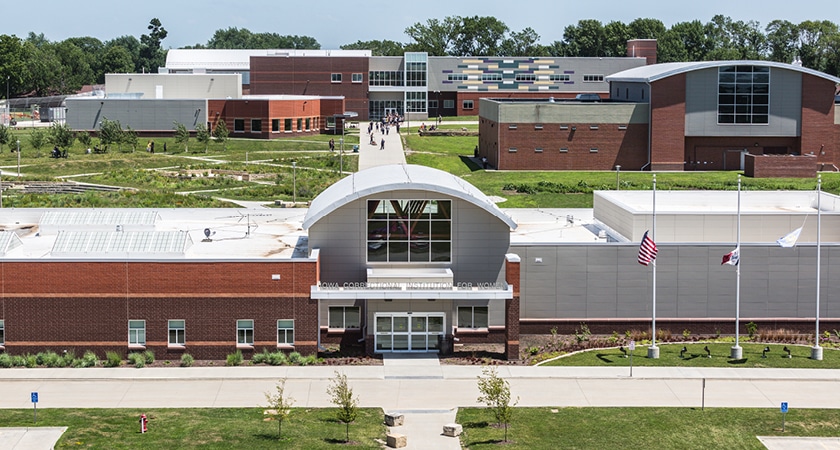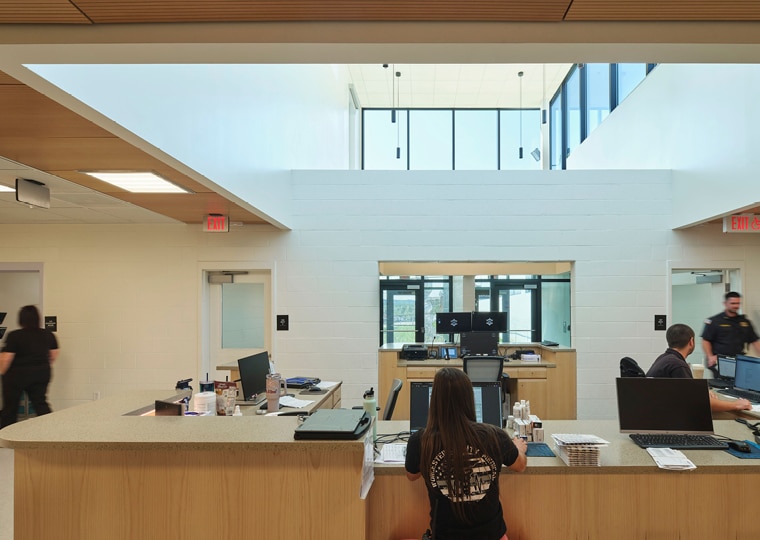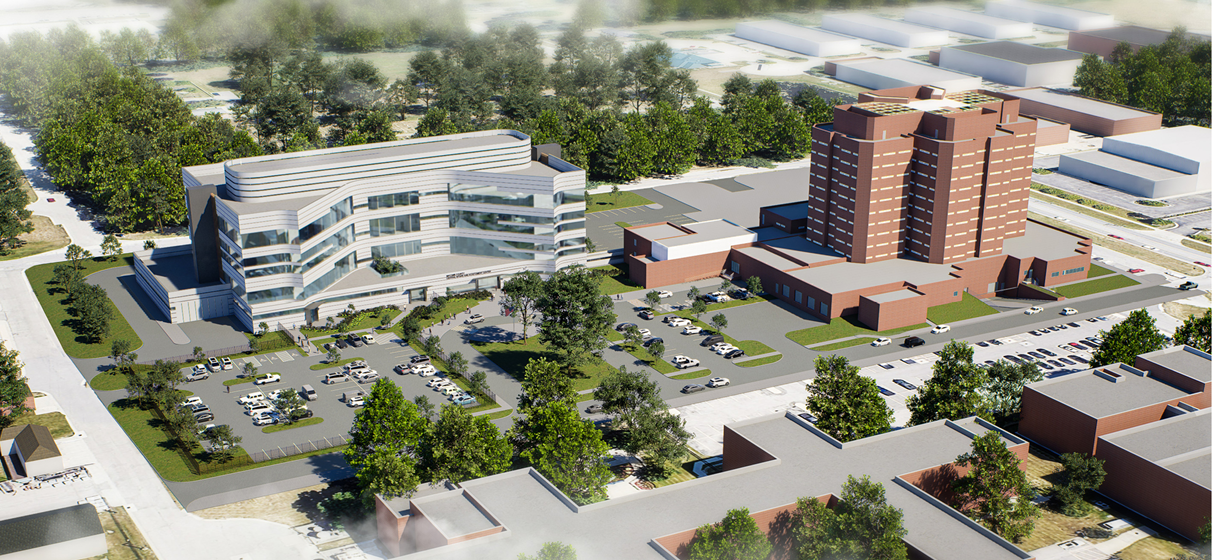
When cities consider investments in public health, the local jail isn’t always the first thing that comes to mind. Yet, having a safe, humane detention center is key to enhancing a community by building a better system of care, and addressing critical needs of medical and mental health.
As a 24/7 facility, a detention center typically exceeds its “useful life” after 30 years, which means this sector of infrastructure is due for an update/replacement in many places across the country. And in many instances, these aging facilities not only deteriorate physically, but also programmatically, offering insufficient space for medical and mental health treatment, restorative services, and skills-enabling programs.
STV’s justice team has spearheaded best practices in the design of humane justice facilities for over three decades. Our dedicated team has a long-standing track record of leading-edge innovation and a comprehensive understanding of the justice system, its continuum of actors, and its linkage to behavioral health. We know that the experience of contact with the justice system, with proper access to care, services, and recreation, can be an opportunity to redirect lives and create positive outcomes.
The most recent example of our industry-leading perspective is on display as we lead the design for a new behavioral healthcare, forensic and justice facility in Baltimore. Under the charge of the Maryland Department of General Services (DGS), the new Baltimore Therapeutic Treatment Center will be a national model for a transformative detention center that provides services and therapies to address trauma and promote healing for those in contact with the justice system.
The DGS hopes to position Maryland and Baltimore City as a leader in the treatment of people in custody. Our client is eager to bring our joint vision to life, noting that our STV team brought the experience and subject matter experts to meet their aspirations for a new building that provides humane, sustainable, treatment-focused care to meet the needs of people in their care and custody.
The new treatment center will be a multidimensional facility with robust deflection, diversion, substance use treatment, and reentry services. Based on the model of a “3 Door Jail” with options for Deflection, Diversion, and Detention that include significant medical and mental health components, the facility’s housing units are conceived as therapeutic communities. Integrating health- and gender-responsive programming, the complex also features a separate women’s facility. Altogether, STV’s design places significant emphasis on stabilization, treatment, care coordination, and discharge planning, with the goal of much-improved reentry outcomes.
Many lessons are drawn from STV’s previous design portfolio, including the Iowa Correctional Institution for Women, which also offers mental health treatment, medical care, substance abuse programs, assisted living, and academic and vocational education programs. The low-rise campus design provides ample outdoor space and daylighting throughout all buildings.
Our humane approach considers resident, visitor, and staff experience throughout the design process. We’re committed to direct supervision to prioritize safety for staff and people in care and custody. To create a safe and positive work environment for employees, we focus on staff amenities and wellness. The buildings we create feature normative environments that are full of daylight and promote a biophilic connection to nature through windows and gardens throughout. Our objective is to create an experience for people awaiting trial in Baltimore and elsewhere that is dignified, healing, and uplifting.

Frank Greene, FAIA OAA, is an STV vice president and architecture chief. With more than 40 years of experience in the justice industry, he is a leader in the courts and corrections field across North America. He is an active member of the American Institute of Architects Academy of Architecture for Justice (AIA AAJ), a founder of the AIA AAJ’s New York City chapter, and past chair of its national Knowledge Community. He also conceived the Sustainable Justice initiative of the AIA AAJ, intended to link sustainability thinking with design excellence, enabling the justice system to contribute to the environmental soundness of the communities it serves.






